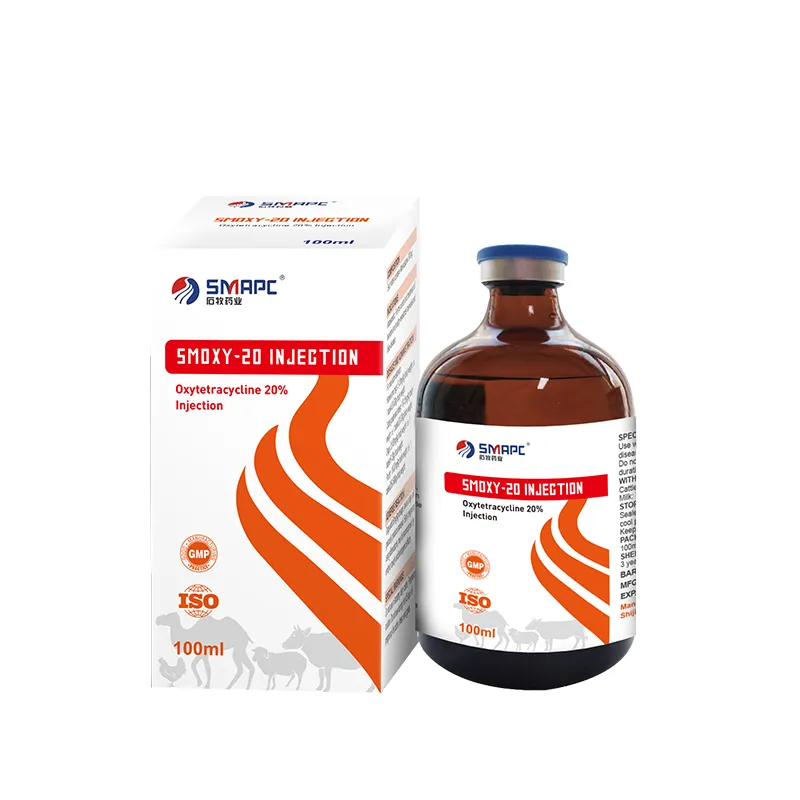One of the primary benefits of dog puppy multivitamins is that they help bridge any nutritional gaps in a puppy’s diet. These supplements typically contain a blend of vitamins A, C, D, E, and various B vitamins, along with essential minerals like calcium, phosphorus, and zinc. These components work together to support vital bodily functions. For instance, vitamins A and C are crucial for healthy skin and immune function, while vitamin D aids in calcium absorption, essential for strong bones and teeth.







